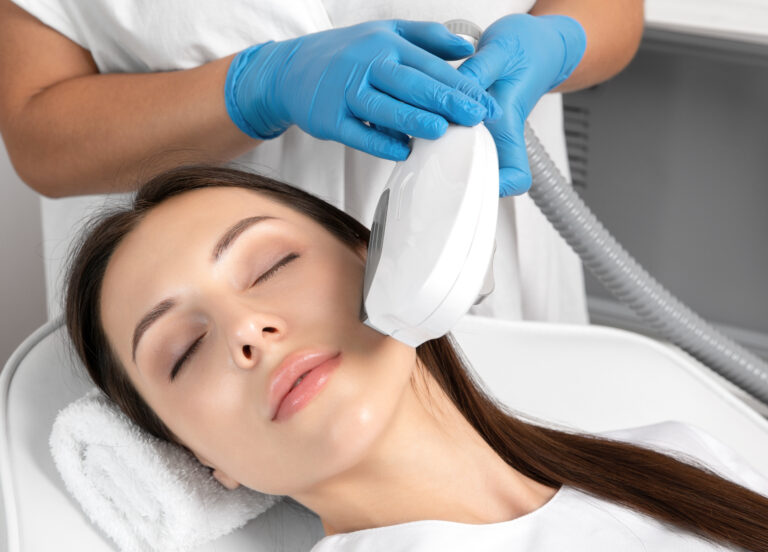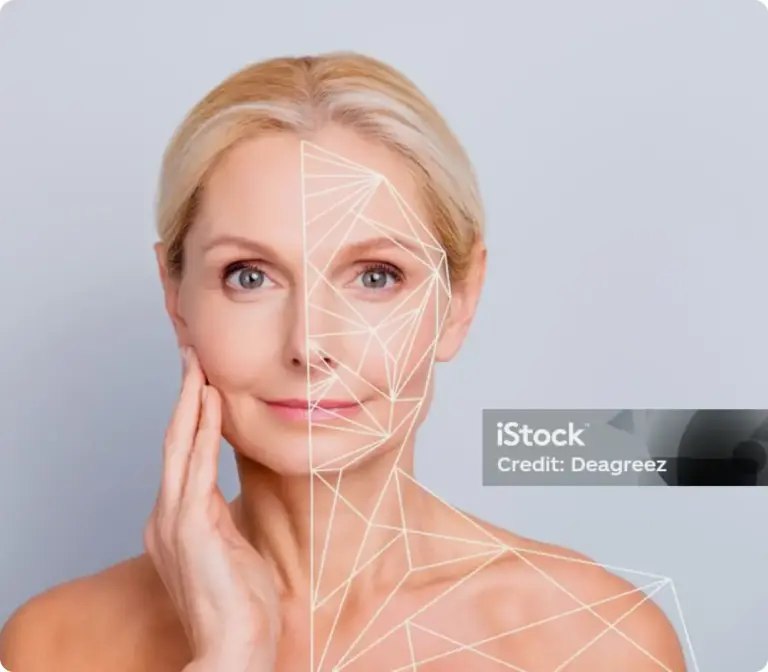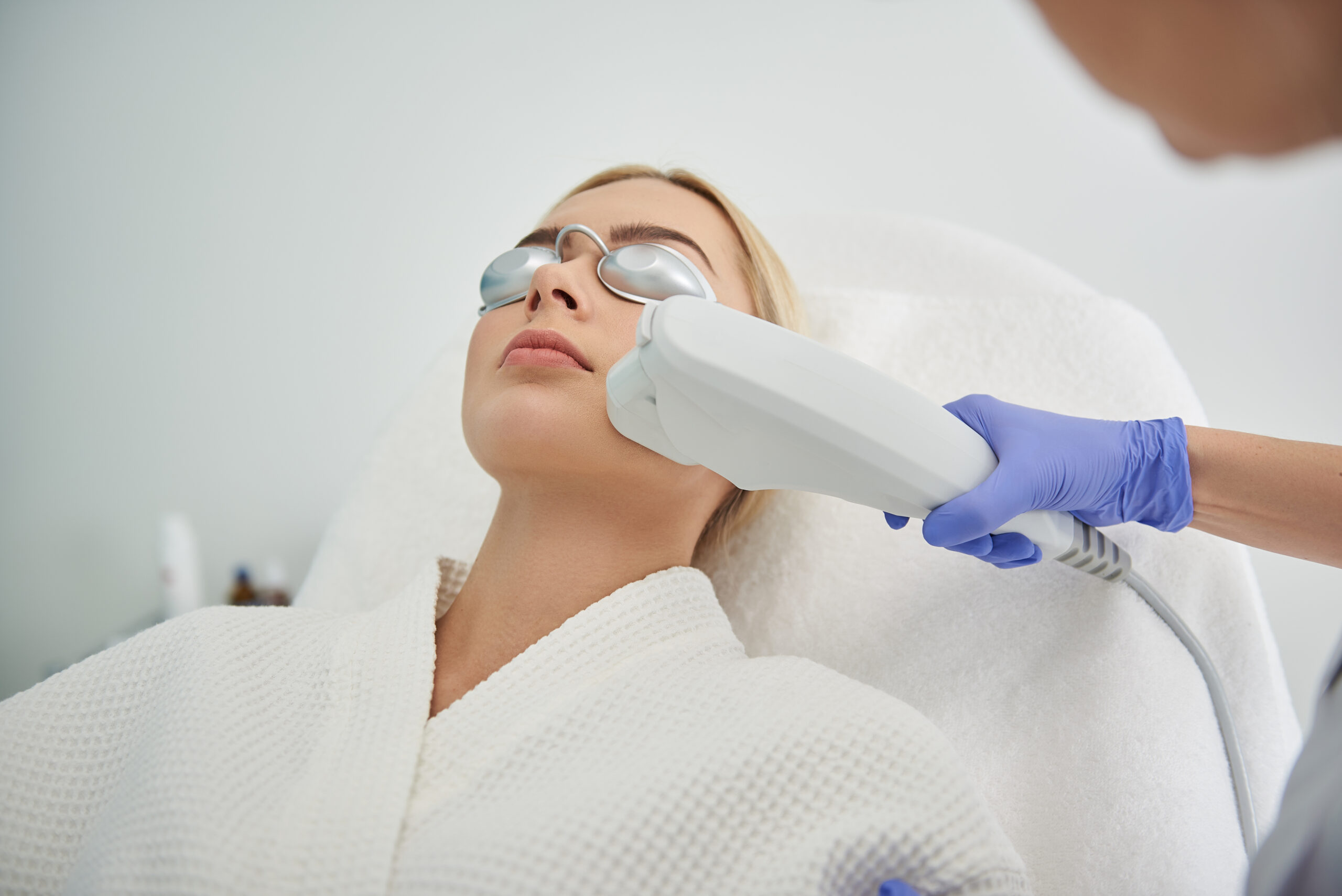Photofacials using these versatile light-based technologies can address a range of skin concerns.



IPL devices have broad coverage that allows for the treatment of larger areas.
Medically reviewed by
Dario Nuhanovic | Licensed Esthetician and Tattoo artist
IPL and BBL are versatile light-based technologies that can address a range of skin concerns. While both treatments have similarities, certain conditions may be better suited for IPL than BBL: Pigmentation issues: Both IPL and BBL effectively treat sunspots, pigment irregularities, and freckles.
Vascular conditions: IPL and BBL can treat spider veins, broken capillaries, and rosacea.
Hair removal: IPL is commonly used for hair removal, while BBL is less common for this purpose.
Skin rejuvenation: BBL effectively addresses skin imperfections originating beneath the skin’s surface, whereas IPL specifically targets hemoglobin and melanin in the superficial layers of the skin to address hyperpigmentation spots.
Acne: BBL effectively reduces acne breakouts and associated redness.
Although sharing similarities, there are also distinct differences between these procedures:
Light spectrum: IPL uses a broad spectrum of wavelengths (500-1200 nm), while BBL employs a narrower band (400-1400 nm), allowing for more precise targeting in BBL.
Filter system: BBL systems have filters for selective wavelength filtering, offering more customized treatments than IPL.
Energy levels: BBL devices deliver higher energy levels than IPL, making them more effective for a wider range of skin concerns, including pigmentation irregularities, sun damage, acne, rosacea, and vascular lesions.
During the initial consultation, a healthcare professional will determine whether a photofacial is right for you. Before your first IPL appointment, the provider may perform a spot test and instruct you to avoid things like waxing, tanning, sun exposure, peels, and some topical creams.
Before the procedure, your provider will thoroughly clean the skin and apply an ultrasound gel. This gel safeguards the skin, facilitates smooth movement of the laser, and minimizes reflection of the IPL waves for enhanced treatment efficacy.
The provider will move a handpiece across the patient’s skin to emit light pulses. Patients often describe the sensation as feeling similar to rubber bands snapping against their skin.
Treatments typically last 20 to 30 minutes. After the gel is removed, the provider will provide post-care instructions, including explicit instructions to avoid the sun and use sunscreen
IPL and BBL procedures are most effective on people with lighter skin tones (type I-III). Those with darker skin tones (type IV-VI) should refrain from undergoing IPL and BBL treatments, as higher levels of melanin in the skin can result in adverse effects such as hyperpigmentation, burns, or hypopigmentation due to excessive light absorption.
IPL – $100-$900 per session: The lower range is spot treatment, with the average face treatment costing $300-$500 per session.
BBL – $200-$2,400 per session: Expect the cost to be in the lower range for spot treatment, with the average face treatment being $500-800 per session.
Volume restoration refers to replenishing lost volume in specific areas of the face.